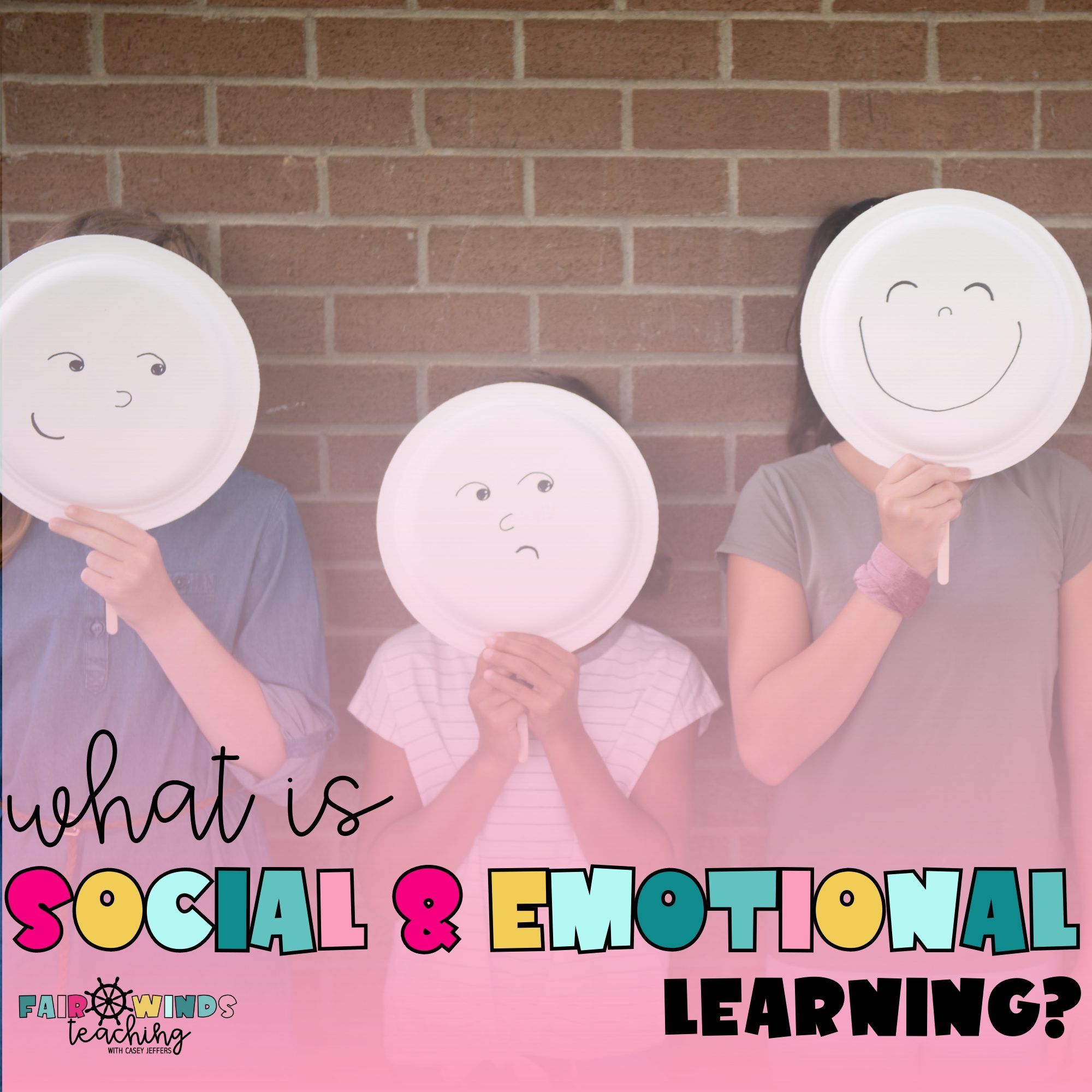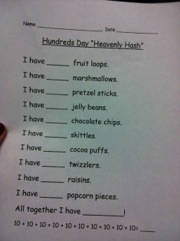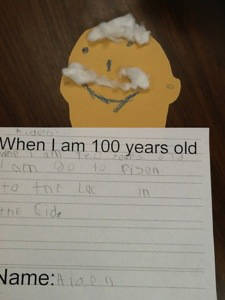Share This Post:
Share on facebook
Facebook
Share on twitter
Twitter
Share on linkedin
LinkedIn
Share on pinterest
Pinterest
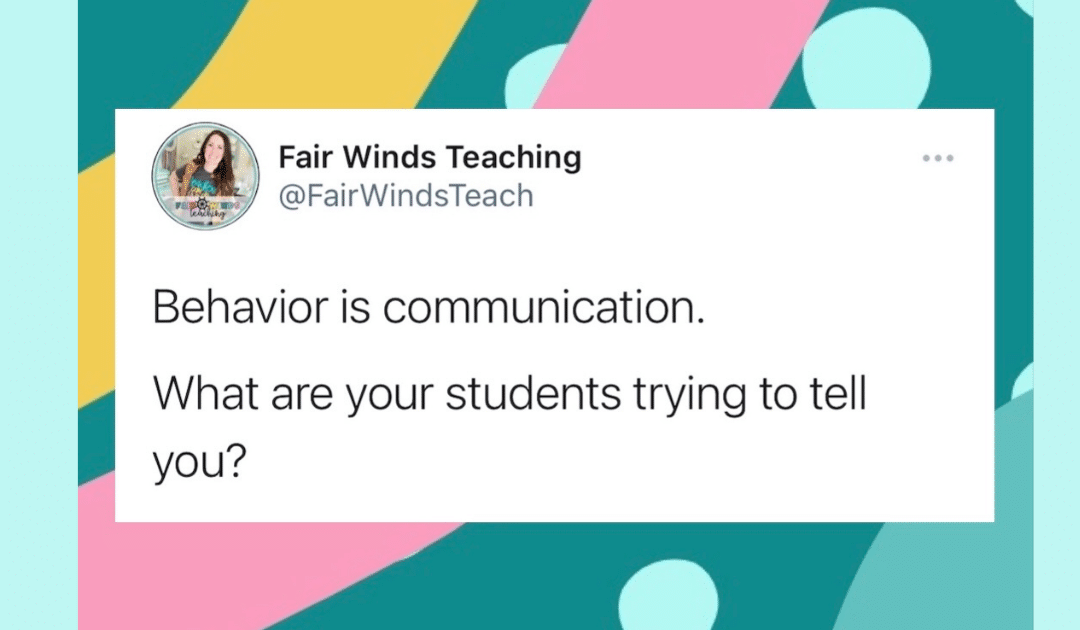
Written by Casey Jeffers, MSEA Third Grade TeacherThe teacher world loves to have new “buzz words” as the educational pendulum swings from side to side. A lot of people have heard the term social and emotional learning (SEL) in the last couple of years. However, this is not a new concept, it’s just now becoming more of a widely known term. Thankfully, this has made educators, administrators, families, and the community more aware of the need our students have to be more mentally fit when it comes to learning about emotions and how to deal with social situations. When you are starting as a new teacher or if you are new to teaching SEL, remember that building relationships in the classroom are key! You must first teach a child they are loved before they can be ready to learn everything else. If a child knows they belong, they will be more receptive to learning academics, social skills, emotional regulation and everything you teach them. What is something you do to build relationships with your students? The beginning of school is right around the corner, some closer than others, so this is a great time to start building classroom community and those connections with your students and families! Before your students even step foot into your classroom, you have an opportunity to set up a warm and welcoming space for them to learn in. The classroom environment is a great way to let your students know they belong in your classroom and it’s important they have the tools needed to help identify their emotions and how to regulate them when situations arise. I love these emotions posters from @creativeschooldaze are a great resource to hang up around your room and to use in a calming/peace corner.
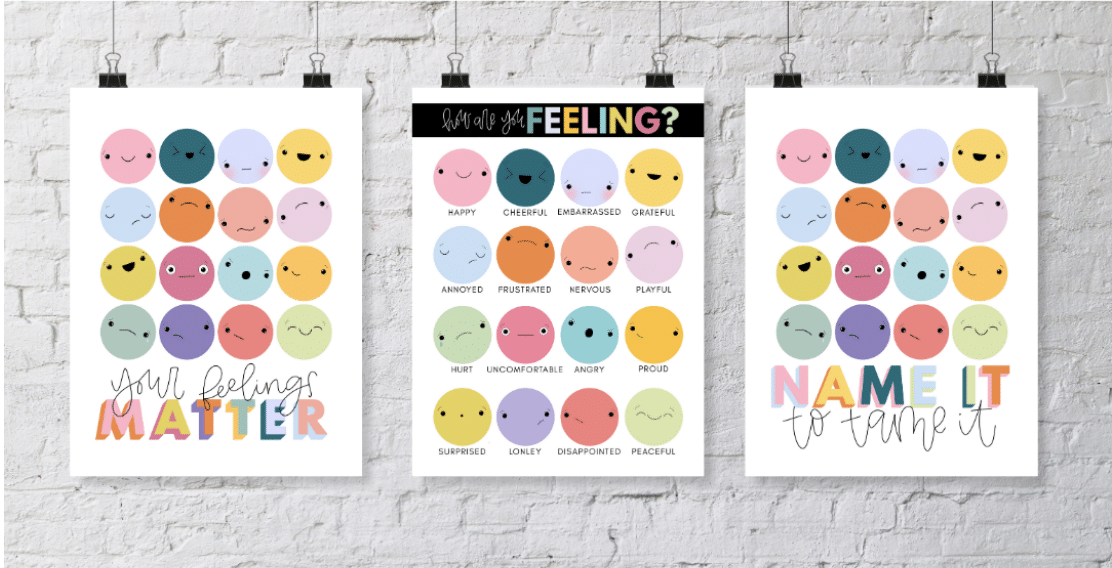
Recognizing Student Emotions
When a student does show their emotions in school, it’s very important to be able to recognize and celebrate them (even the difficult emotions). We all have them and it’s important to teach them that every emotion is okay to have, but it is the way you react to those emotions that really matter. It is vital for all teachers to know that a child’s behavior is a form of communication. They might not have the vocabulary yet to express how they are feeling and a child may sometimes use unwanted behaviors to show you because they don’t know any other way. Behavior is communication. What are your students trying to tell you that you might be missing? Make sure you are never asking a child at that moment, “What’s wrong?” Instead tell them, “I can see that you are upset and I want you to know that I am here for you when you are ready to talk.” This is the perfect time to ask them if they would like to visit the calming corner in your classroom.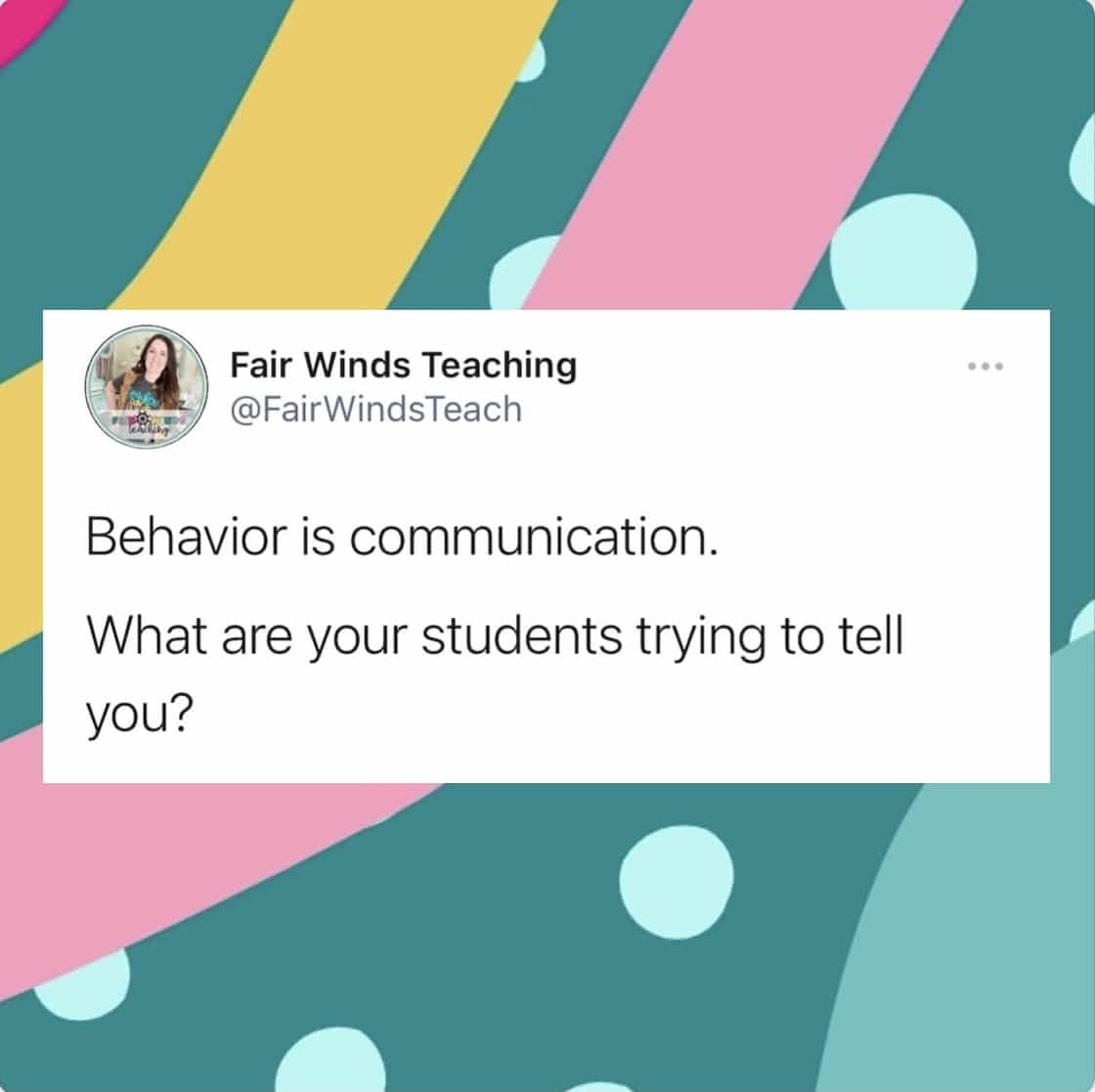
Ways to promote a safe and welcoming classroom
Check-in with each and EVERY one of your students every day. Use their name. Greeting them when they walk through the door is a positive way to start off their school day. I like to have a “Morning Greeting” poster with each of my students to use during the morning meeting. They simply choose the greeting they would like as we walk around in a class circle and say, “Good Morning, __(name)___!” Here are some of the options I give:-
- High five
- Secret Handshake
- Chicken Wing
- Dance move
- Fist bump
- Smile
- Wave
- Hug
Daily Icebreakers
-
- Dictated drawings – My favorite is Art Hub for Kids
- Charades
- Would you Rather?
- Show & Tell
- Adjective hunt
- What’s Missing?/What’s Different
- 20 questions
- Pictionary
- Red elbow
- Pico fermi nada
- Pecha Kucha
Calming Center Items
-
- Lap desk
- Pillows
- Calming ocean scene posters
- Blanket
- Fidgets
- Calming timer light
- 5-minute sand timer
- Digital timer
- Playdoh
- Bubbles
- Coloring books & crayons
- Sensory bin items (sandpaper, fabric, cotton balls, etc.)
- Legos
- Squishy plush toys
- Seguin sliders
- Calming music on an old iPod & headphones
- Lava lamp bottles for shaking up and watching
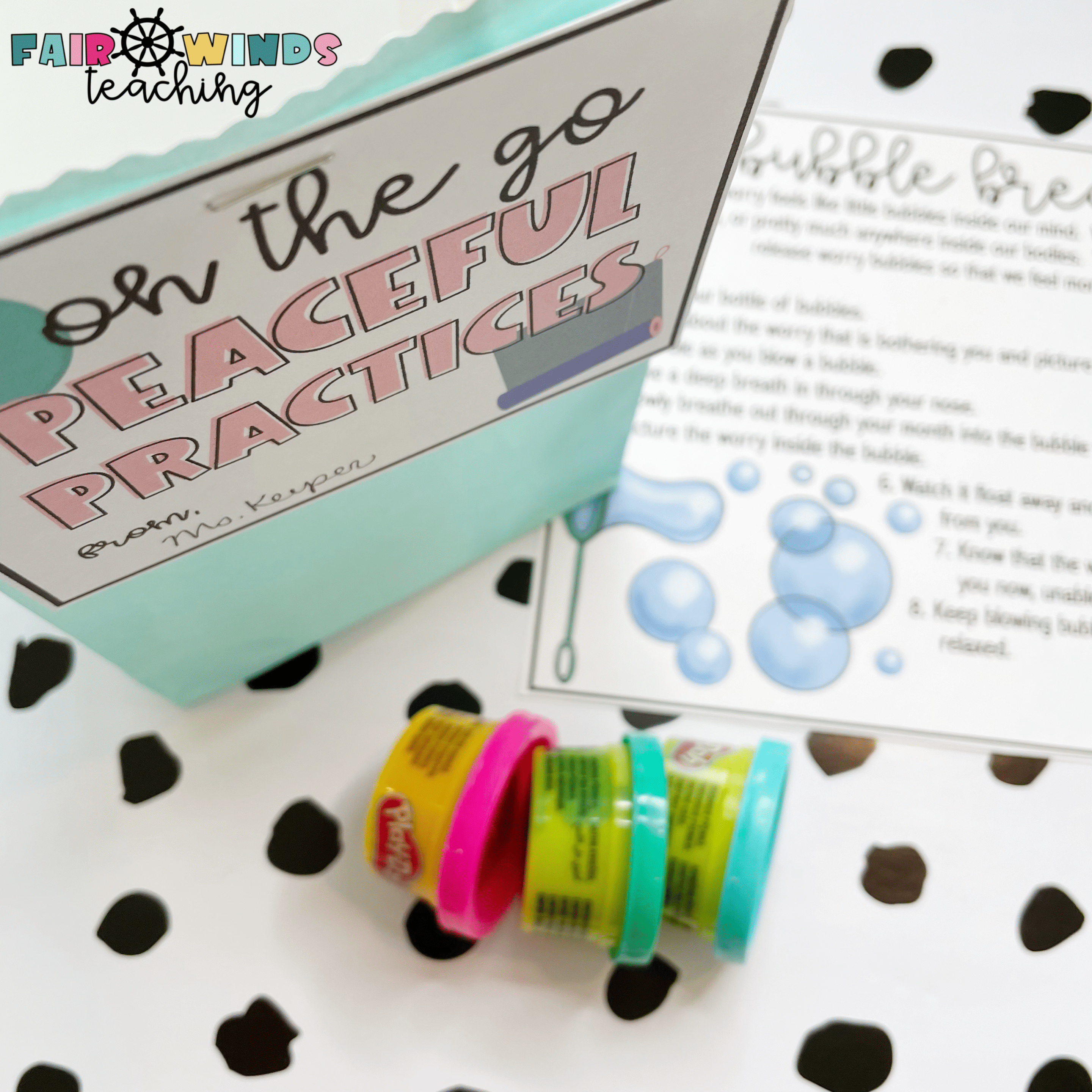
Great Eight Social and Emotional Learning Books to check out!
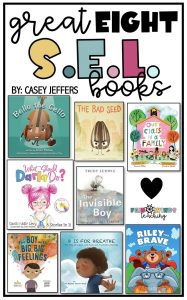 Bello the Cello By: Dennis Matthew
The Bad Seed By: Jory John
Our Class is a Family By: Shannon Olsen
What Should Darla Do? By: Adir Levy and Ganit Levy – These amazing authors also shared this amazing FREE resource with me to share with you all! Check it out here!
The Invisible Boy By: Trudy Ludwig
The Boy with the Big Big Feelings By: Britney Winn Lee
B is for Breathe By: Melissa Munro Boyd
Riley the Brave By: Jessica Sinarski
More on FWT! Check out my post on Teacher Tech Tips, featuring some of my favorite sites including Flocabulary. This incredible company creates educational hip-hop songs, videos, and additional educational materials to use in the class. They have topics anywhere from Reading and Science to Social and Emotional Learning (SEL)!
Bello the Cello By: Dennis Matthew
The Bad Seed By: Jory John
Our Class is a Family By: Shannon Olsen
What Should Darla Do? By: Adir Levy and Ganit Levy – These amazing authors also shared this amazing FREE resource with me to share with you all! Check it out here!
The Invisible Boy By: Trudy Ludwig
The Boy with the Big Big Feelings By: Britney Winn Lee
B is for Breathe By: Melissa Munro Boyd
Riley the Brave By: Jessica Sinarski
More on FWT! Check out my post on Teacher Tech Tips, featuring some of my favorite sites including Flocabulary. This incredible company creates educational hip-hop songs, videos, and additional educational materials to use in the class. They have topics anywhere from Reading and Science to Social and Emotional Learning (SEL)!







